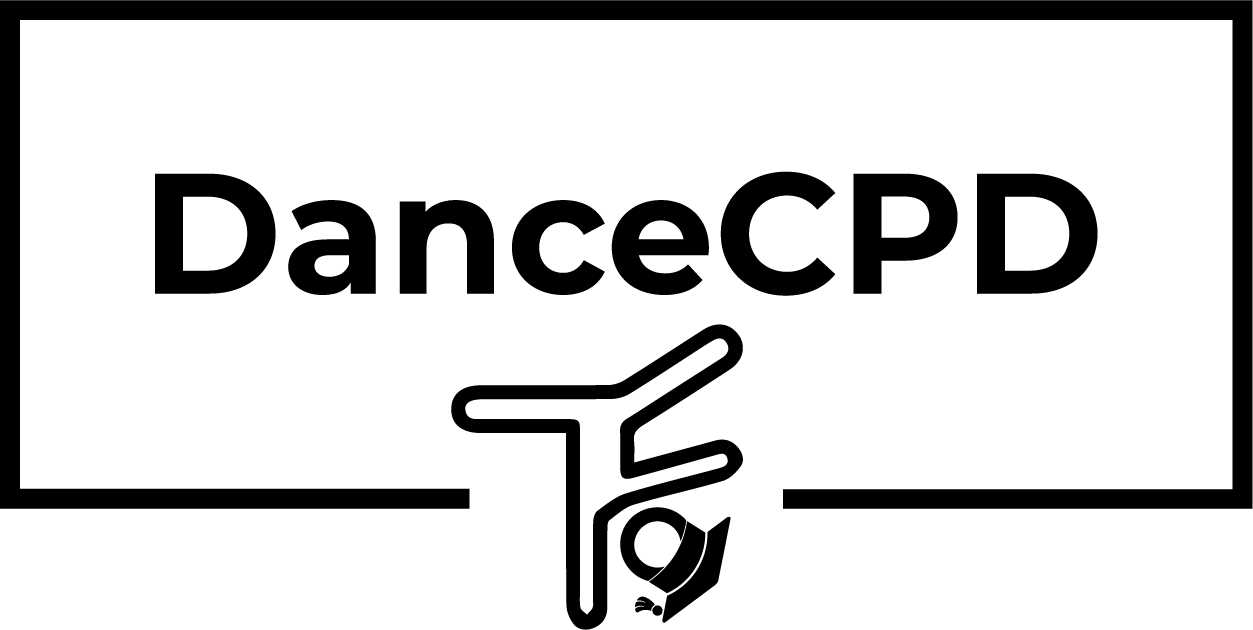Using Learning Theories in Dance Teaching

Have you ever found yourself switching between teaching styles without even thinking about it? One moment you’re drilling a sequence, the next you’re guiding a creative task, and later you’re offering encouragement to boost confidence. That’s because no single learning theory can fully capture what happens in a dance class.
As teachers, we’re constantly blending approaches. Behaviourism, constructivism, cognitivism, and humanism all bring something valuable to the table. The real skill lies in knowing how to use them together to meet the needs of your students.
What Are The Theories We’ve Explored?
If you’ve been following my learning methods blog series (if not… start here LINK TO PEDAGOGY BLOG) here is where we put it all together.
Let’s briefly recap the four main learning theories we’ve covered in this series:
- Behaviourism: learning through repetition, practice, and correction
- Constructivism: learning by building knowledge through problem-solving and experience
- Cognitivism: learning through mental processes such as memory, sequencing, and recall
- Humanism: learning centred on the whole person: their motivation, emotions, and self-expression
Each theory views learning from a different angle, and each has practical applications in the dance studio.
Why Combining Them Matters
Let’s face it – we’ve all been in a dance class that only taught through behaviourism. A whole lesson of ‘copy the teacher’ quickly becomes repetitive drilling with little room for creativity. On the other hand, if we only used humanism, you might risk neglecting technique and structure in your classes We want to find a balance that creates rich, effective learning.
Using multiple theories allows us to:
- Adapt to different learners – some students thrive on structure, others on creativity.
- Balance technique and artistry – blending discipline with self-expression.
- Develop well-rounded dancers – not just performers, but thinkers, problem-solvers, and confident individuals.
- Respond to different contexts – teaching an exam class feels different from running a creative workshop.
A flexible, blended approach is what makes great teaching.
How to Use Multiple Theories in Your Dance Classes
Here’s how you might see all four theories show up in a single lesson:
Behaviourism: Building Technique
Start with structured exercises and clear corrections. For example, in a tap class, drilling riffs with feedback develops precision. Students learn the “right” way through practice and reinforcement.
Constructivism: Exploring and Problem-Solving
Next, give students a chance to apply their knowledge in a new way. Set a task such as creating a short phrase in pairs using only jumps and turns. They learn through exploration and collaboration.
Cognitivism: Strengthening Memory and Recall
When teaching choreography, break it into chunks, use cues, and encourage mental rehearsal. This supports the brain’s natural processes and helps students retain material effectively.
Humanism: Nurturing the Whole Dancer
End with a moment for reflection or self-expression. Invite students to share how the music made them feel or to interpret the choreography in their own style. This builds confidence and personal connection to the dance.
By weaving all four approaches into one lesson, you cater to both the technical and personal sides of learning.
Reflection for Your Next Class
Think about your upcoming lessons. Do you tend to lean more on one theory than the others? For example, are you heavy on behaviourist drilling but light on opportunities for creativity and reflection? Or perhaps you encourage lots of self-expression but could strengthen memory-building strategies.
Map out one of your classes and note which theories naturally appear — and spot the gaps.
Key Takeaway
There isn’t one “best” learning theory for dance teaching — each one has its place. Behaviourism builds discipline, constructivism encourages exploration, cognitivism strengthens memory, and humanism nurtures confidence and individuality.
When you bring them together, you create a teaching style that is flexible, balanced, and deeply effective. You’ll not only teach better classes, but also develop dancers who are skilled, motivated, and able to think for themselves.
Take It Further
Pick a class you teach regularly. Plan one moment where you’ll intentionally apply each theory:
- A behaviourist drill
- A constructivist group task
- A cognitivist memory strategy
- A humanist reflection activity
Notice how much richer and more engaging your lesson feels when all four are present.
What’s Next?
This blog wraps up our mini-series on learning theories. If you’ve been following along, you’ll now have a toolkit of approaches to draw on in your teaching — from behaviourism’s structure to humanism’s whole-dancer focus.
Next time, we’ll look at how to take these ideas further, with practical planning strategies that help you apply theory to real lessons.
Want to share your reflections and swap ideas with others? Join our community of teachers in: Dance Teachers: Raising the Barre
Keep up to date with what’s going on and further news:
